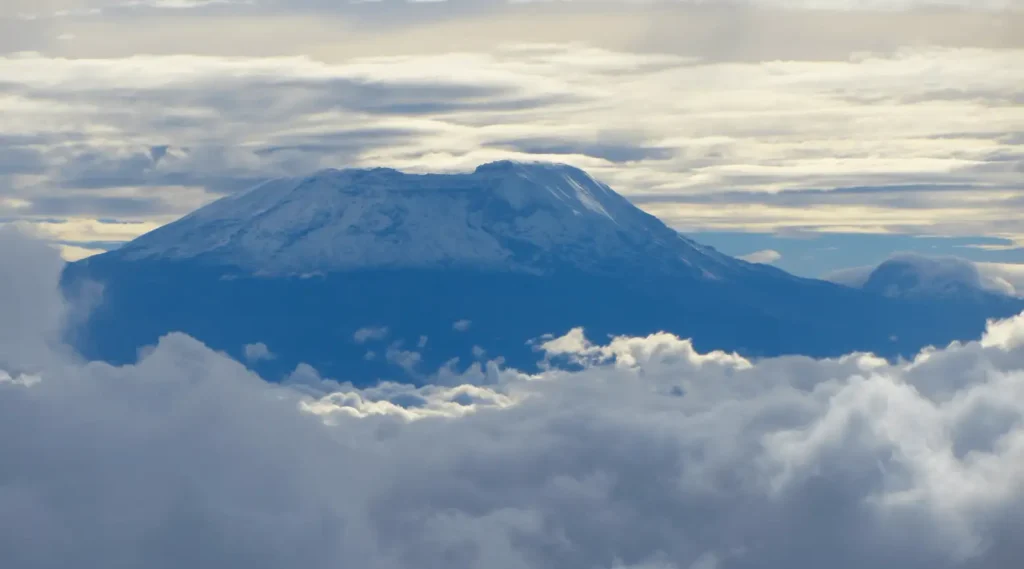Tel: +255 696 109 086 | info@nksafaris.com
Weather In Tanzania
Home > Weather In Tanzania

UNDERSTANDING THE WEATHER IN TANZANIA
Welcome to NK Safaris ! As you plan your adventure in Tanzania, understanding the country’s weather patterns is essential for ensuring a comfortable and enjoyable experience. From the sun-drenched savannahs to the misty slopes of Mount Kilimanjaro, Tanzania’s diverse landscapes are influenced by a range of climatic factors. Here’s a comprehensive guide to help you prepare for the weather conditions you may encounter during your visit.
- Tropical Climate
Tanzania experiences a tropical climate characterized by distinct wet and dry seasons. The country’s proximity to the equator results in relatively consistent temperatures throughout the year, with variations depending on altitude and location.
- Dry Season (June to October)
- Weather: The dry season, from June to October, brings sunny days, clear skies, and minimal rainfall across most of Tanzania. This is considered the peak tourist season.
- Temperature: Daytime temperatures typically range from 25°C to 30°C (77°F to 86°F), with cooler evenings and nights.
- Ideal for Safaris: Wildlife congregates around water sources, making it easier to spot animals in national parks such as the Serengeti and Ngorongoro Crater.
- Climbing Conditions: Mount Kilimanjaro and Mount Meru are accessible during the dry season, offering favorable climbing conditions with less precipitation and clearer skies.
- Wet Season (November to May)
- Weather: The wet season, from November to May, brings heavy rainfall and high humidity to much of Tanzania. This period is characterized by lush greenery and vibrant landscapes.
- Temperature: Daytime temperatures remain warm, ranging from 25°C to 35°C (77°F to 95°F), with higher humidity levels.
- Great for Birdwatching: The wet season is an excellent time for birdwatching, as migratory birds flock to Tanzania’s national parks to take advantage of the abundant food and nesting opportunities.
- Challenging Climbing Conditions: Heavy rainfall and cloud cover can make climbing Mount Kilimanjaro and Mount Meru more challenging during the wet season. Trails may be muddy and slippery, with reduced visibility at higher altitudes.
- Coastal Regions and Islands
- Zanzibar and Coastal Areas: Tanzania’s coastal regions, including Zanzibar and the islands of Mafia and Pemba, experience a tropical maritime climate with warm temperatures and high humidity year-round.
- Best Time to Visit: The dry season, from June to October, is considered the best time to visit Zanzibar and the coastal areas, with sunny weather and calm seas ideal for beach activities and water sports.
- Central Plateau and Highlands
- Arusha and the Central Plateau: The central plateau, including the city of Arusha, experiences a temperate climate with cooler temperatures compared to the coastal and lowland areas.
- Temperature: Temperatures in Arusha range from 15°C to 25°C (59°F to 77°F) on average, with cooler temperatures at higher altitudes.
- Rainfall: Rainfall is more evenly distributed throughout the year in the central plateau, with short rains occurring from November to December and long rains from March to May.
No matter when you choose to visit Tanzania, the country’s diverse climate offers a unique experience for every traveler. Whether you’re embarking on a wildlife safari, climbing Africa’s tallest peaks, or relaxing on pristine beaches, understanding the weather patterns will help you make the most of your adventure.
Ready to Explore Tanzania’s Wonders?
Browse our range of safari, trekking, and beach holiday packages and start planning your dream adventure with NK Safaris . Book your trip today and let us guide you through the breathtaking landscapes and incredible wildlife of Tanzania, no matter the weather.
Contact Us
- NK Safaris
- nksafaris.africa
- +255 696 109 086
- +255 696 109 086
- in**@nk*******.com
- Arusha, Tanzania
We Accept



